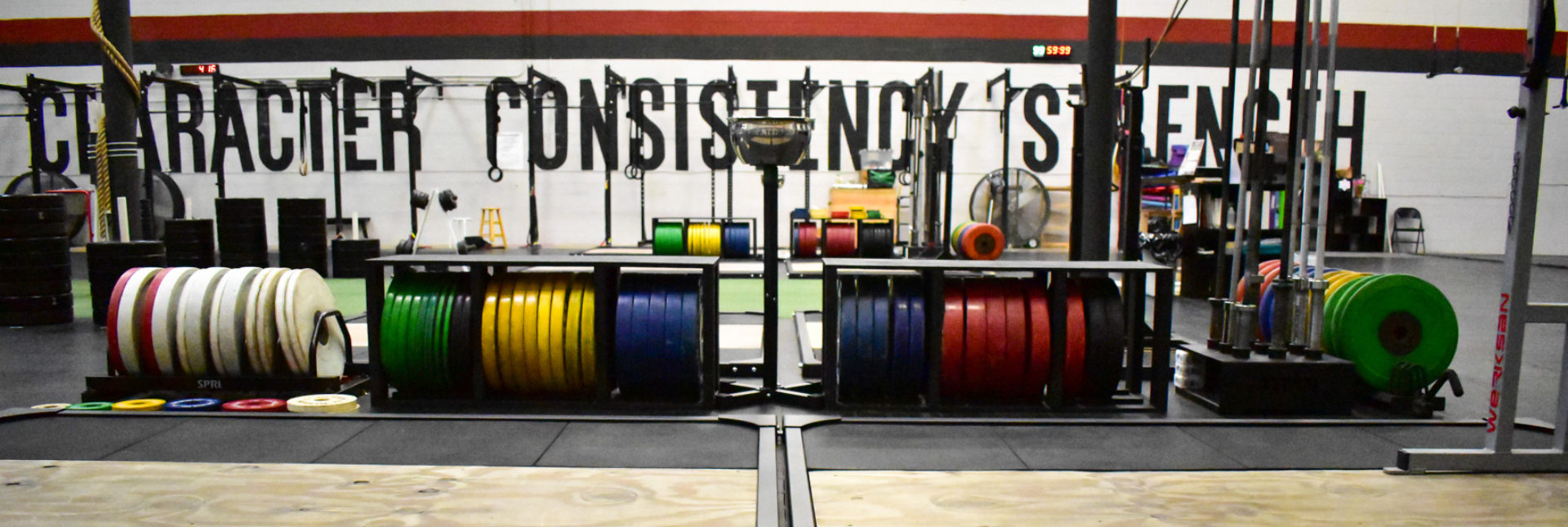It’s very easy to get caught up in the who, what, where, when, why, and how of Weightlifting. The snatch and clean & jerk are complicated movements and there are a lot of moving parts when trying to execute the lifts properly.
Though, developing a high skill level in the lifts requires a methodical approach rather than haphazardly (and vaguely) “working on technique.” Without a specific focus or direction, we are simply flapping in the wind.
The best way to stay on the track of positive progress is to simplify your approach!
During training, an athlete’s focus should be on two (2) points of improvement per session…MAYBE 3. For example, going into a snatch session, our focus could be:
- Footwork
- Keeping the barbell close
Simple as that! The mind of an athlete is always stirring, so our job as coaches is to direct their focus to the most pressing issues first and then move down the line as errors resolve.
We call it Corrective Triage.
Are there more things that we can focus on improving? ABSOLUTELY. However, tackling them in order of largest effect to smallest will incite the most change over time. We always say training everything is training nothing, so trying to fix everything at once is a sure way to create a mental traffic jam on the road to improvement.
Information overload is a condition that can haunt athletes without them even knowing it. The Internet is the most obvious source of information with articles, slow motion videos, and bar path tracing apps -- which I think is a largely irrelevant and misunderstood tool, but that’s for another piece entirely.
Other areas we can be bombarded with information are your peers/training partners, coaches, and even watching videos of yourself as you’re training. This is almost inevitable, but when presented with newfound information, the most important thing is context.
Unfortunately, any information without context runs the risk of not being applicable to a specific situation/lifter. This is part of our triage process because we still believe it’s very important for lifters to understand the five W’s (and one H) of Weightlifting, but when it comes time to put feet to plywood, we are no longer surfing Reddit for the meaning of life.
Applying changes to your lifting takes time, patience, and a targeted approach.
The best way that we’ve found to encourage proper development is to give corrective drills and exercises as part of a specific warm up.
For example, if an athlete has difficulty with our two points above (1: Footwork, and 2: keeping the barbell close during the 2nd pull of the snatch), we may program a warm up that looks a little something like this:
1a) Drop snatch + OHS (3+3) x 3 @ bar (Footwork)
1b) Hang Snatch Pull + Hang Snatch (2 + 2) x 3 @ ≤ 40% (Bar Close)
1c) Paused Snatch (Above Knee), 3 x 2 @ ≤ 55% (bar close)
...and then go into their normal working sets of whatever the Snatch portion of that day looks like.
Why during warm up? Because these weights are generally manageable and the lifter can manipulate their body properly when focusing on something new. Trying to apply change to a heavier load (above 75% of 1RM) is almost impossible. Weight on the bar will always show who you really are – habits come out and the body reverts to what is most “comfortable” whether it is right or wrong.
The focus must be limited and specific for that day, so jumping around from this thing to that thing to this thing to that thing renders training ineffective. Erratic focus is not focus, so take your time!


